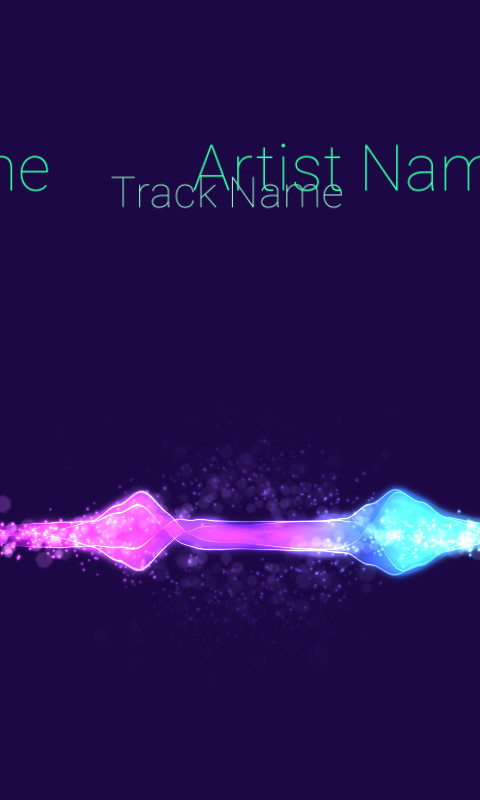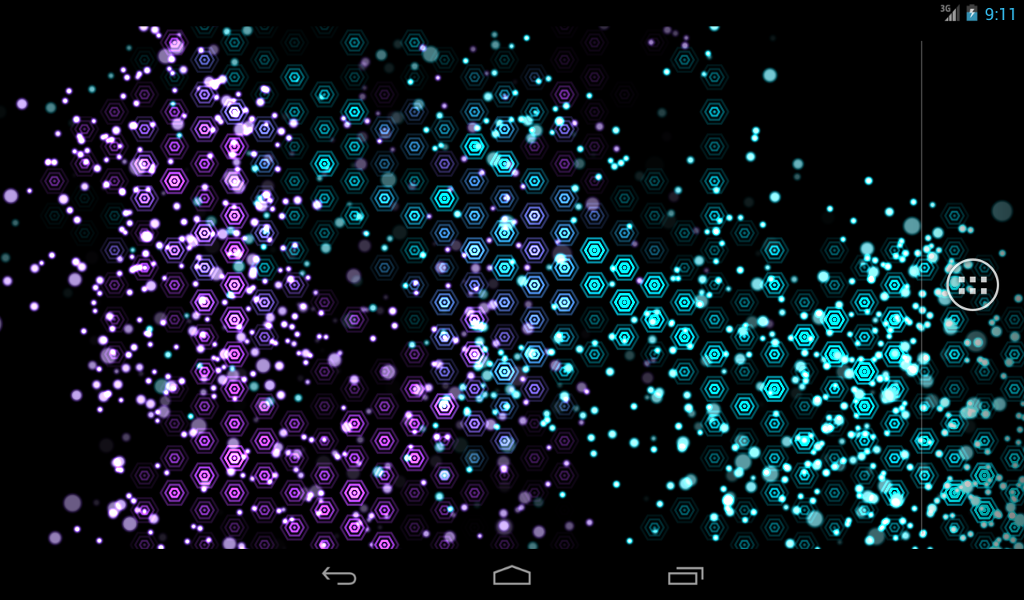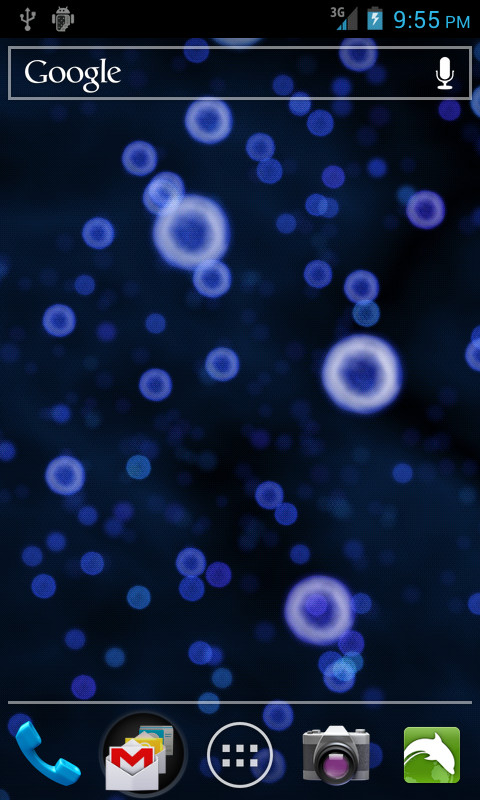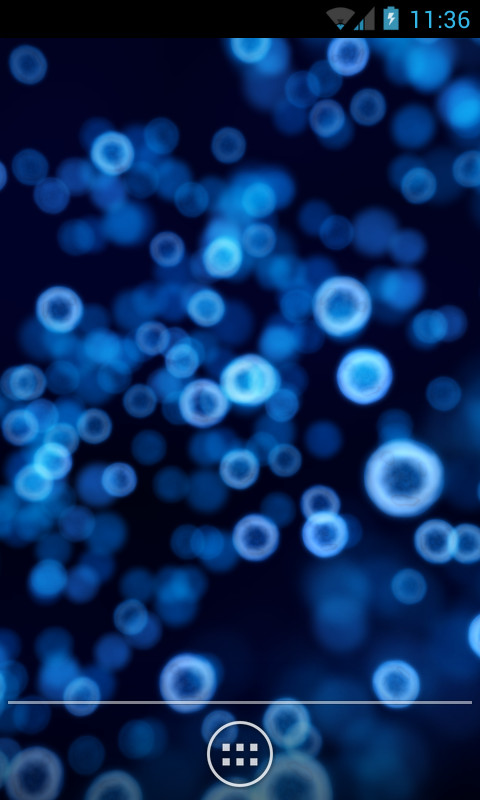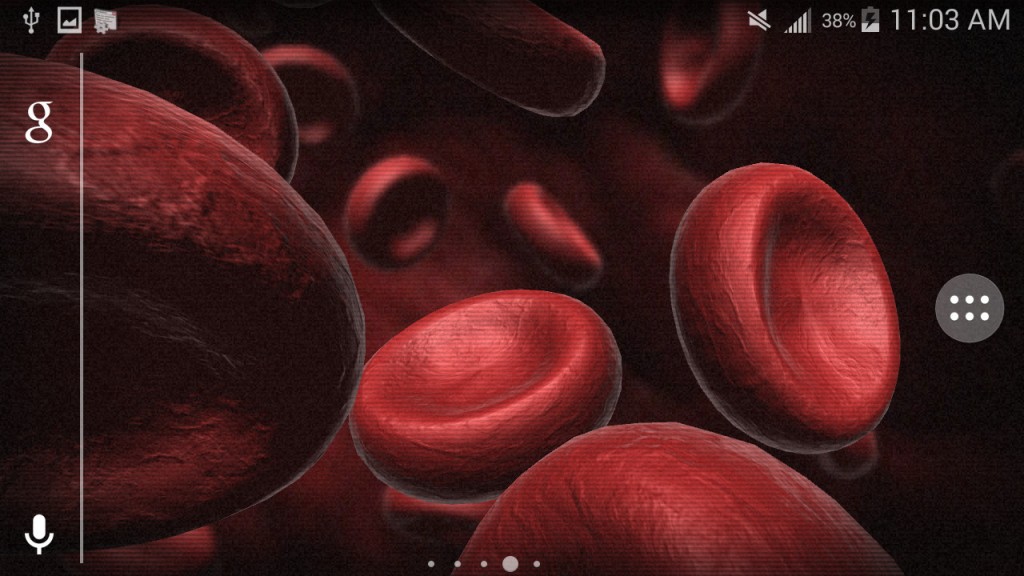Unfortunately, due to new rules Facebook is imposing and enforcing as of May 1, CheckIn will cease to function on that date. I have already removed it from the store. If you have purchased it since January 1, 2015, or if you feel you weren’t able to use it enough to be worthwhile, please log into Google Wallet and request a refund. I will approve all refund requests for purchases after that date.
I apologize for any disappointment. Facebook has a set of guidelines that third party apps must adhere to, and their newly updated guidelines will be enforced as of May 1. As of that date, all apps are reviewed by Facebook before they are permitted to function. The guidelines that CheckIn would likely be rejected for should I submit a revised version of it:
- No duplication of functions already in the Facebook app. The basic task that CheckIn is used for is making a Facebook post with a tagged place. Since these functions are already in the Facebook app (although CheckIn tends to be a faster method to do this specific task), I think it is likely they would reject the app for it. I believe their intended use for posts with tagged places in third party apps is for situations where there is game involved (like in Four Square or some video game that involves geolocation) or when specific businesses are being promoted.
- No auto-filling of Facebook posts. The auto-check-in feature in CheckIn could be seen as automatically creating a Facebook post without user input, which is strictly against the rules.
I feel either of these might be debatable, and there’s a small chance they could get approved, but I don’t want to risk the time investment to overhaul the app for the new API for a small shot at getting through.
Sorry again for any disappointment. I’m disappointed myself, as CheckIn was my first published software of any kind, and it has been exciting to see how many people have enjoyed it.

